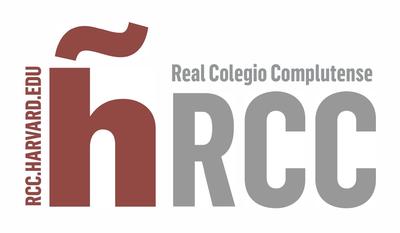Date:
Location:
The German Pavilion for the 1929 Barcelona International Exhibition was part of a much larger exhibiting sequence, which Ludwig Mies van der Rohe and Lilly Reich constructed following their main undertaking in the Barcelona industrial exhibits: to design the entire German section. By the time Mies started the project of the German Pavilion, he had already been working for more than four months on the construction of the identity and representation of the strength of the German industrial fabric, which he would architecturally express in the interior design of eight neoclassical palaces. Hence, the two most innovative architectural elements of the German Pavilion –the milky color double-glazed wall and the chrome-plated cross-shaped posts– can be traced back to the interiors of these palaces. The 16.000 m2 of industrial exhibits, not reconstructed in 1986, form today the immaterial heritage that underpins the historical relevance of the Barcelona Pavilion.

Speaker: Laura Martínez de Guereñu, IE School of Architecture and Design
Sponsors: RCC, Spain-GSD
